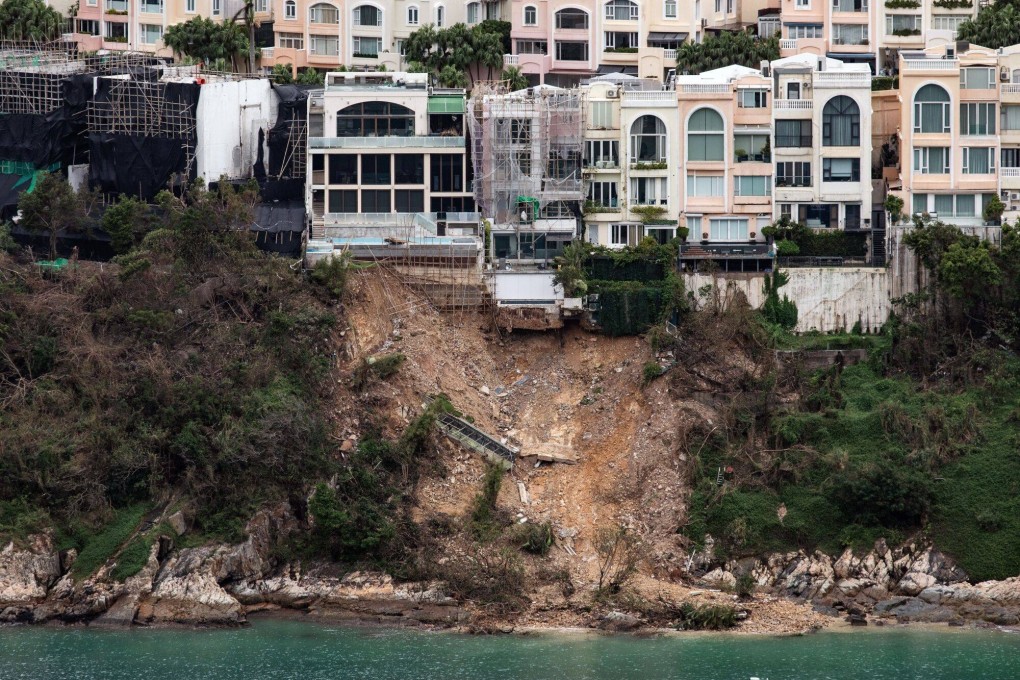Letters | How Hong Kong can crack down on illegal structures quickly and cost-effectively
- Readers discuss cases of unauthorised construction at a luxury residential estate, and unsafe driving on the city’s roads

A Buildings Department surveyor has said the department has limited resources and Linn has said they need to prioritise enforcement measures. Thus, it may actually be a lot more efficient and cost-effective for the government to simply embark upon a campaign for voluntary identification and rectification of unauthorised building works and illegal land use.
The government could impose a one-year deadline for all property owners to voluntarily identify, report, and rectify, remove or cease all illegal or unauthorised building works, and unauthorised occupation of government land, as the case may be, no matter how questionable or marginal the problem is.
For the property owners taking responsibility, the government would only impose the minimum penalty – or even a nominal penalty – if it is satisfied with the scope and truthfulness of the identification made and the degree of completeness of the rectification or reinstatement works. The idea is to encourage voluntary restoration work on altered premises based on the approved building plans and land demarcation within the grace period.
The government should make it clear that, upon expiry of the deadline, those who fail to come forward to identify, report and reinstate would face very serious consequences, including the imposition of hefty fines and a criminal record.